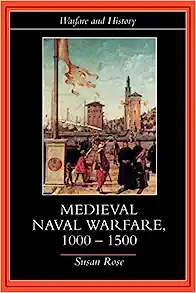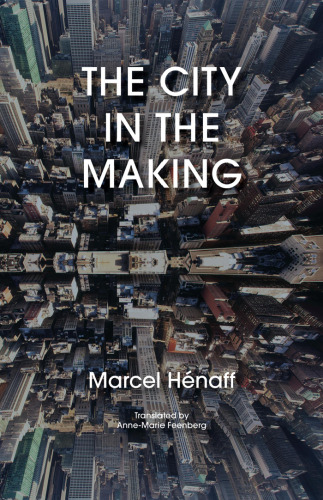Wooden ships are graceful, beautiful objects. The first sight of the Viking ships preserved in the Oslo museum is breathtaking. The little fifteenth century ex-voto model from Portugal, now in the Prins Hendrik museum in Rotterdam, may be slightly battered but even so the form of the hull is full and satisfying. Wooden ships, however, are also complex to build, requiring many skilled craftsmen, and are highly perishable especially when afloat. No fleet, no vessel could stay long in a seaworthy condition in our period without the support of some form of repair slip or dock. To build ships required not only access to the necessary raw materials, suitable timber, hemp for cordage and sails, iron for nails and other fittings, but also a pool of workmen with experience in the craft of the shipwright. Beyond this there was also a need for ancillary supplies and tradesmen. Galleys sometimes with crews of well over 100 men needed large quantities of food and drink especially biscotti, a form of hard baked bread which supplied many of the calories needed by men expected to row for long periods. Any ship, but especially one preparing for war at sea, needed arms for its protection and for attack. How did medieval states deal with these problems? Did rulers largely depend on the resources established by the maritime trading community or did something approaching the modern concept of a naval dockyard emerge by the end of our period?
چکیده فارسی
کشتی های چوبی اشیایی برازنده و زیبا هستند. اولین منظره کشتی های وایکینگ که در موزه اسلو نگهداری می شوند، نفس گیر است. مدل کوچک قرن پانزدهمی ex-voto از پرتغال، که اکنون در موزه پرینس هندریک در روتردام است، ممکن است کمی آسیب دیده باشد، اما با این وجود، فرم بدنه پر و رضایت بخش است. با این حال، ساخت کشتیهای چوبی نیز پیچیده است و به صنعتگران ماهر زیادی نیاز دارد و بهویژه زمانی که شناور هستند، بسیار فاسد شدنی هستند. هیچ ناوگان، هیچ کشتی نمیتوانست برای مدت طولانی در شرایط دریانوردی در دوره ما بدون پشتیبانی نوعی لغزش یا اسکله تعمیر بماند. برای ساخت کشتی ها نه تنها دسترسی به مواد اولیه لازم، چوب مناسب، کنف برای بند و بادبان، آهن برای میخ و سایر لوازم، بلکه به مجموعه ای از کارگران با تجربه در صنعت کشتی سازی نیاز بود. فراتر از این نیاز به لوازم جانبی و تجار نیز وجود داشت. گالیهایی با خدمههای بیش از 100 مرد، به مقادیر زیادی غذا و نوشیدنی بهویژه بیسکوتی نیاز داشتند، نوعی نان سخت پخته شده که بسیاری از کالریهای مورد نیاز مردانی را که انتظار میرود برای مدت طولانی پارو میزنند، تامین کند. هر کشتی، به ویژه کشتیهایی که برای جنگ در دریا آماده میشد، برای محافظت و حمله به سلاح نیاز داشت. دولت های قرون وسطایی چگونه با این مشکلات برخورد می کردند؟ آیا حاکمان تا حد زیادی به منابع ایجاد شده توسط جامعه تجاری دریایی وابسته بودند یا چیزی که به مفهوم مدرن اسکله دریایی نزدیک می شود تا پایان دوره ما ظاهر شد؟
ادامه ...
بستن ...










